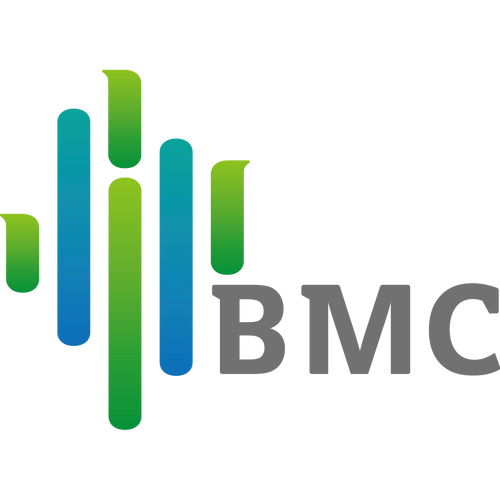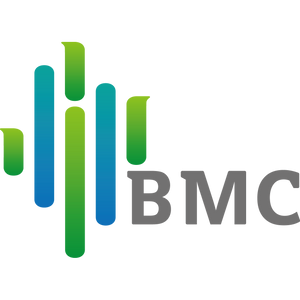In the process of fighting the epidemic of COVID-19 around the world, whether the medical system has enough BiPAP s or not determines the life and death of countless critically ill patients.
A 72-year-old priest in Italy gave up his BiPAP to someone else after he was infected with COVID-19, which was tantamount to giving up his hope of survival and dying of respiratory failure. Spanish hospitals do not have enough BiPAP s, and doctors are faced with a heartbreaking choice between the old and the young.
Indeed, unfortunately, infected with a novel coronavirus and dyspnea, the most important thing is to get timely treatment and use appropriate auxiliary breathing.
For those critically ill patients, the BiPAP is their lifeline, related to their life and death. So, what exactly is a BiPAP? How does it work?
When you inhale, your diaphragm, a muscle in your chest that helps you breathe, contracts and lowers the pressure in the tubes and sacs in your lungs. This causes air to be drawn into them. However, if you have a condition like sleep apnea, there may be times when you are unable to draw in the air you need, such as while you are sleeping.
If you have a condition like sleep apnea, your doctor may suggest using a BiPAP machine. This device delivers pressurized air into your lungs, which helps to open them up and allows you to get the oxygen you need. This can reduce your risk of serious health issues, such as a heart attack.
A BiPAP machine is roughly the size of a lunchbox. It is connected to a face mask, nasal mask, or nasal plugs via a tube, and the machine motor blows air through the tube into your body. Some BiPAPs also have a humidifier. Initially, using a BiPAP may feel uncomfortable, but most people get used to it over time. If you feel like you can't breathe while wearing your BiPAP, contact your doctor immediately. Adjusting the settings on your machine may help.
The BiPAP and CPAP machines both use positive pressure to help you breathe, but the BiPAP delivers higher air pressure when you inhale and lower air pressure when you exhale. The CPAP, however, delivers the same amount of pressure at all times. To help with the discomfort of the CPAP's continuous flow of air pressure upon exhalation, most manufacturers offer the ability for the machine to sense or reduce the pressure upon exhalation.
APAP, an auto-titrating CPAP, delivers varying levels of positive airway pressure and should only be prescribed after careful consideration. In some cases, a CPAP may be the first choice for people with sleep apnea or other breathing difficulties. However, if you have severe sleep apnea or a condition like congestive heart failure, a BiPAP may be a better option as it provides more support with breathing.
If you have a sleep disorder such as sleep apnea, a sleep study can help your doctor determine which device is best for you. Generally, BiPAPs are more expensive than CPAPs, but your insurance may cover some or all of the cost. If you are unsure or would like to know more about using a different breathing device, speak to your doctor.



- Application: Home/Hospital
- Pressure: 4~25cmH20
- Function: S Mode/Spontaneous Trigger, CPAP
- Multi-language: We provide Multi-language systems for you from any place around the world
- IPAP: 4.0 ~ 25.0 cm H2O in 0.5 cm H2O increments
- EPAP: 4.0 ~ 25.0 cm H2O in 0.5 cm H2O increments.
- Efficient heating with the ECO Smart efficient heating system is always providing a whole night of humidification.
- Easy data access with iCode and SD card records can be viewed and evaluated through RESmart PC software or PAP link e smartphone App.
For more detail, please see the product introduction.


